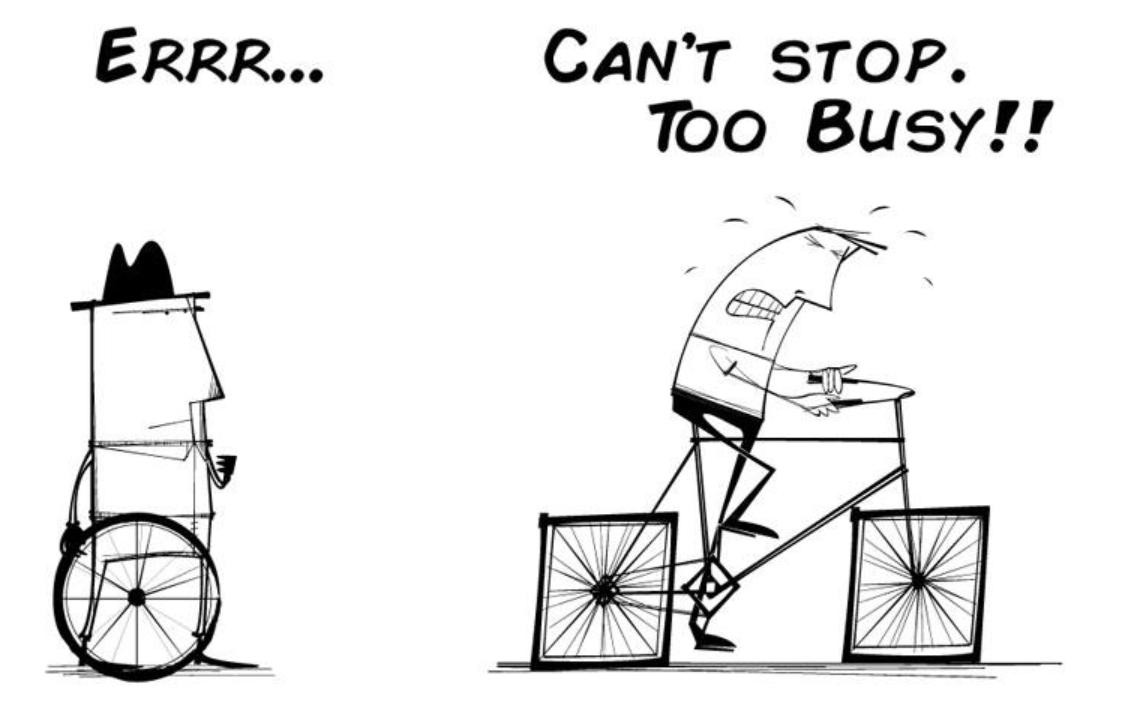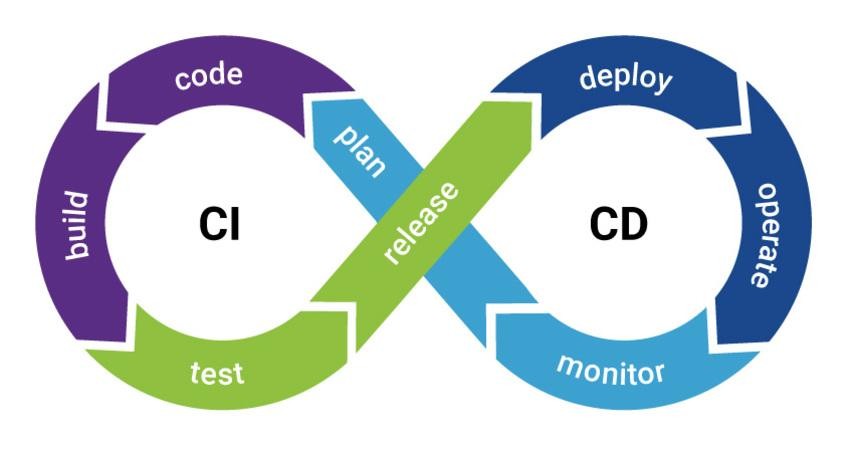Technical debt is the cost incurred by software companies on maintenance and unexpected reworks to the product, resulting in delays to new feature development, missing deadlines, and low team motivation. It’s a part of every software development project since tradeoffs between speed, cost, and quality are impossible to avoid. Technical debt mainly becomes an issue when it’s ignored by business managers, or accrues unintentionally over time through poor engineering decisions.

CAUSES OF TECHNICAL DEBT
The common causes that lead to technical debt are :
- Deadline limitations and Budget limitations – With continuous pressure to develop and release new features in the market, the technical debt keeps accumulating. Fixing and updating the existing issues and refactoring code takes a back seat.
- Lack of technical knowledge, collaboration, and clear standards – Standards and technical baselines are not correctly defined and followed. Business productivity is impacted by lack of communication between departments, teams, and individuals.
- Lack of tests or automation suites – Not enough test cases results in introducing new bugs with each development cycle. Lack of automated tests and poor code coverage result in a large chunk of code, that is not even tested. Any changes or updates to that part of code lead to high probability of bugs and issues.
- Delayed code refactoring – Not provisioning time to refactor code during the development cycle leads to the accumulation of technical debt.
TYPES OF TECHNICAL DEBT
The four technical debt quadrants, as coined by Martin Fowler place the debts in the quadrants based on intent and background. This framework helps the team assess and manage the debt by categorizing it into high risk and low risks.

In the reckless and deliberate quadrant are those issues that the team knowingly compromises in lieu of speedy delivery, like ignoring test automation or best coding practices.
In the Prudent and deliberate quadrant are those issues that team members plan to work on later or use a framework with known limitations to foster rapid development and implement a minimal viable product (MVP) for quick delivery.
The inadvertent and reckless debts are due to the lack of knowledge, skill, or experience of the team. The team uses outdated frameworks or suboptimal coding practices, which might affect the scalability, security, and reliability of the product.
IMPACT OF TECHNICAL DEBT
During the high growth phase, some companies release new features/functions continuously. There is hardly any time to see what they have accumulated as technical debt. This results in unpleasant technical surprises where they are not able to scale, and it takes a conscious effort and twice the length of time to burn down the debt to reasonable levels.
The average organization wastes 23- 42% of their development time due to technical debt.
More personnel are needed simply to maintain existing systems. Additional developer time is required to bring about new capabilities, and extra staffing puts pressure on other groups of the company, like the recruitment team and technical team, to schedule and conduct interviews.
Scalability and Innovation get hampered – The team’s ability to enhance the system or add new features become difficult due to insufficient documentation, poorly written code, lack of infrastructure, automated testing, etc.
Impact on Customer Satisfaction: Due to a lack of automation and testing, regression bugs, which should have been caught in the development lifecycle, result in defect leakage.
Team Morale: Sometimes, working on outdated or inefficient tools and dependencies drives engineers to quit organizations.
The framework and strategy to overcome and manage the Technical Dept.
For numerous organizations, the major technical modernization comes from detailing the cost and benefit analysis of the technical Debt. The first step to achieve this, is to quantify the technical debt accumulated so far in terms of the cost of time lost by developers dealing with problems resulting from tech debt and the costs of resolving the tech debt itself.
- RELEVANCE AND QUANTIFICATION OF TECHNICAL DEBT
Establish a baseline to estimate technical debt costs – Quantify time/resources working on unplanned tasks due to bugs, service interruptions, or flawed software designs (can be tracked through product life-cycle management tools like Jira). The Technical Debt Ratio (TDR) was designed specifically for calculating the overall future cost of technical debt. This can be in terms of time, effort, or any other resource.
Visualization of technical debt by creating an effort-impact matrix. Brainstorming and identifying the issues and placing them in one of the four helps manage the debt – Not all technical debt is urgent.

Quick wins are tasks that yield significant results while requiring minimal effort. These tasks should be addressed first.
Fill-ins are those tasks that require minimal effort and have minimal impact on the system. These can be modules that are stable and are least used.
Major projects are those tasks that have a significant impact on the system but are difficult to implement and require a lot of effort. These tasks need careful planning and execution.
Time-wasters are the lowest priority tasks, as they offer little or no impact but require significant effort. These should be deprioritized or eliminated.
- Planning and defining baselines
Proper governance and policies defined at the organization and team level help track and manage the debt. Defining clear ownership and stakeholders for each of the issues identified.
- Creating a technical debt management maturity model
Assessing the current level of the organization in the technical debt management maturity model based on the table below and providing guidance towards achieving better capabilities.

- Execution and Tracking
Plan the execution strategy based on complexity and amount of the technical Debt
With agile, we include high priority technical debt items into the backlog and work on them in subsequent sprints. Fixing and refactoring the issues in addition to new tasks can help reduce and keep a check on the debt. Sometimes it is better to build a separate team completely focused on reducing the Technical Debt while the existing team still works on implementing the new features.
When the technical debt is too difficult to be aligned with an enterprise platform, we redesign the whole project (modernization/digital transformation) with the help of domain and technical experts and upgrade the complete architecture, design, and processes to follow the latest technology trends and best practices.
Tracking the debt identified and worked upon using various project management, code quality tools on a regular basis helps reduce the technical debt.
The best way to limit technical debt is during the development lifecycle by following the best practices below.
BEST PRACTICES To AVOID TECHNICAL DEBT
Modularize the architecture, and adhere to the plan to minimize technical debt in new components or libraries in the application. Principles Like DDD (domain-driven design) and TDD (test-driven design) helps reduce technical Debt by ensuring that all features are built with testing in mind, reducing defects, and by aligning the design with business objectives
Implementation of rigorous coding standards with architecture principles, security protocols, and performance benchmarks. Using code quality, code coverage, security and analysis tools can greatly decrease the amount of technical debt with tools like SonarQube, Checkstyle, fortify, CodeScene, etc.

Writing automated tests. Nothing prevents bugs better than automated tests. (TDD)Test driven development maintains the quality of the product

Setting high DevOps standards and integrating code analysis tools with continuous integration / continuous deployment (CI/CD) help with immediate notification of issues with the quality of code. It provides an effective platform to track technical debt, calculate it, and communicate it to other teams. Automated testing, automated building, and IaC enable continuous debt repayments.











